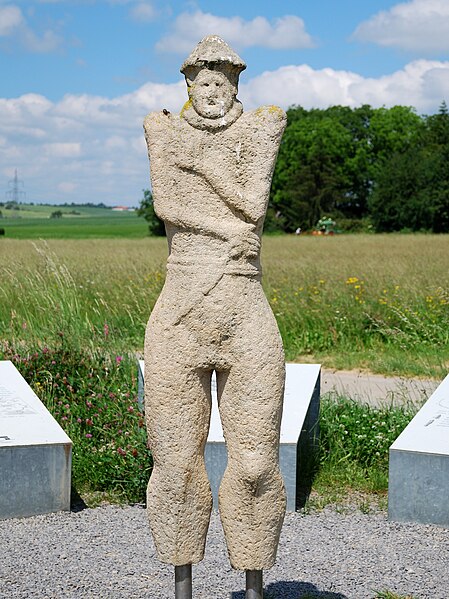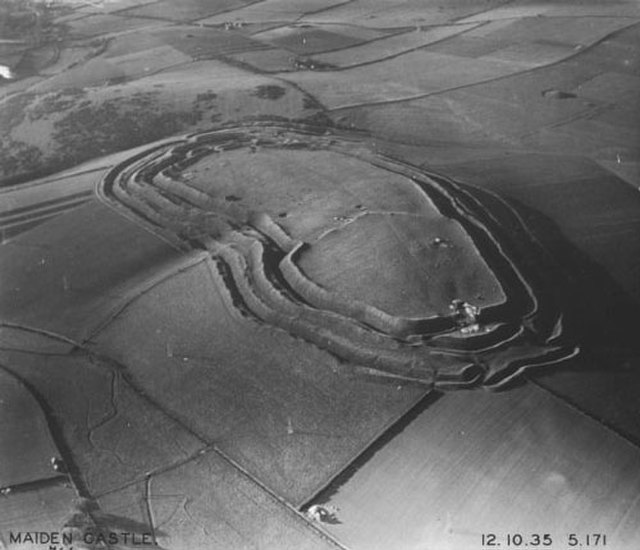In Europe, the Iron Age is the last stage of the prehistoric period and the first of the protohistoric periods, which initially meant descriptions of a particular area by Greek and Roman writers. For much of Europe, the period came to an abrupt end after conquest by the Romans, though ironworking remained the dominant technology until recent times. Elsewhere, the period lasted until the early centuries AD, and either Christianization or a new conquest in the Migration Period.
Iron working was introduced to Europe in the late 11th century BC, probably from the Caucasus, and slowly spread northwards and westwards over the succeeding 500 years. For example, the Iron Age of Prehistoric Ireland begins around 500 BC, when the Greek Iron Age had already ended, and finishes around 400 AD. The use of iron and iron-working technology became widespread concurrently in Europe and Asia.
Villanovan Tomb from the 9th century BC. Museo Guarnacci, Volterra.
Villanovan double urn.
Bronze Harness Trapping in the Shape of a Horse; Villanovan, 9th–8th century BC. LACMA.
Negau type helmet from the Golasecca III period (480/450 BC).
The Iron Age is the final epoch of the three historical Metal Ages, after the Copper and Bronze Ages. It has also been considered as the final Age of the three-age division starting with prehistory and progressing to protohistory. In this usage, it is preceded by the Stone Age and Bronze Age. These concepts originated for describing Iron Age Europe and the Ancient Near East, but they now include other parts of the Old World.
Willamette Meteorite, the sixth largest in the world, is an iron-nickel meteorite.
Copy of The Warrior of Hirschlanden (German: Krieger von Hirschlanden), a statue of a nude ithyphallic warrior made of sandstone, the oldest known Iron Age life-size anthropomorphic statue north of the Alps.
Maiden Castle, Dorset, England. More than 2,000 Iron Age hillforts are known in Britain.
A sword of the Iron Age Cogotas II culture in Spain.







